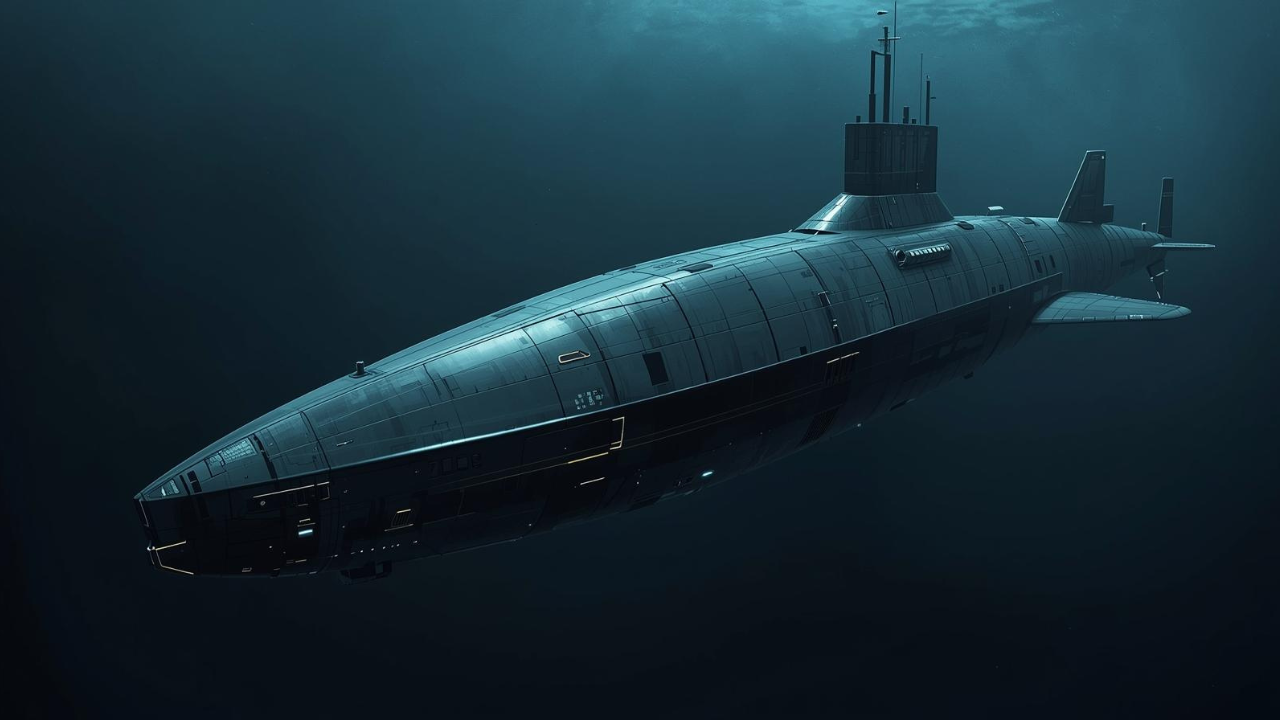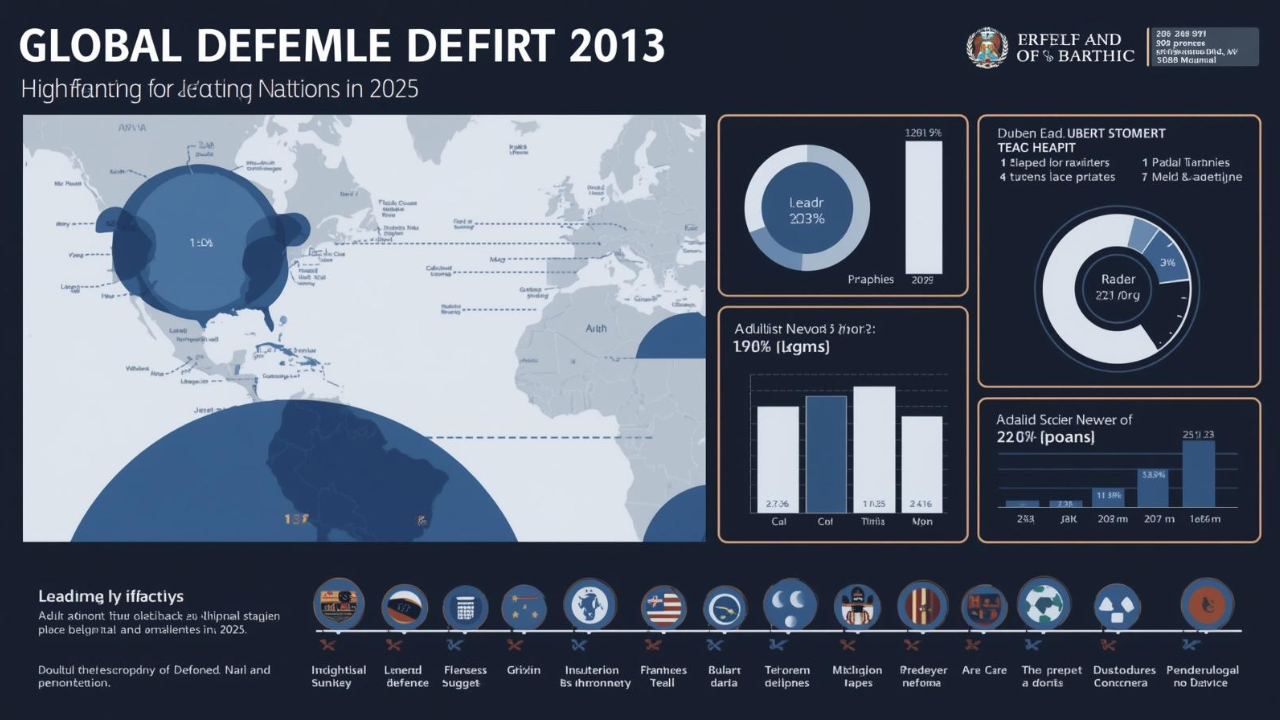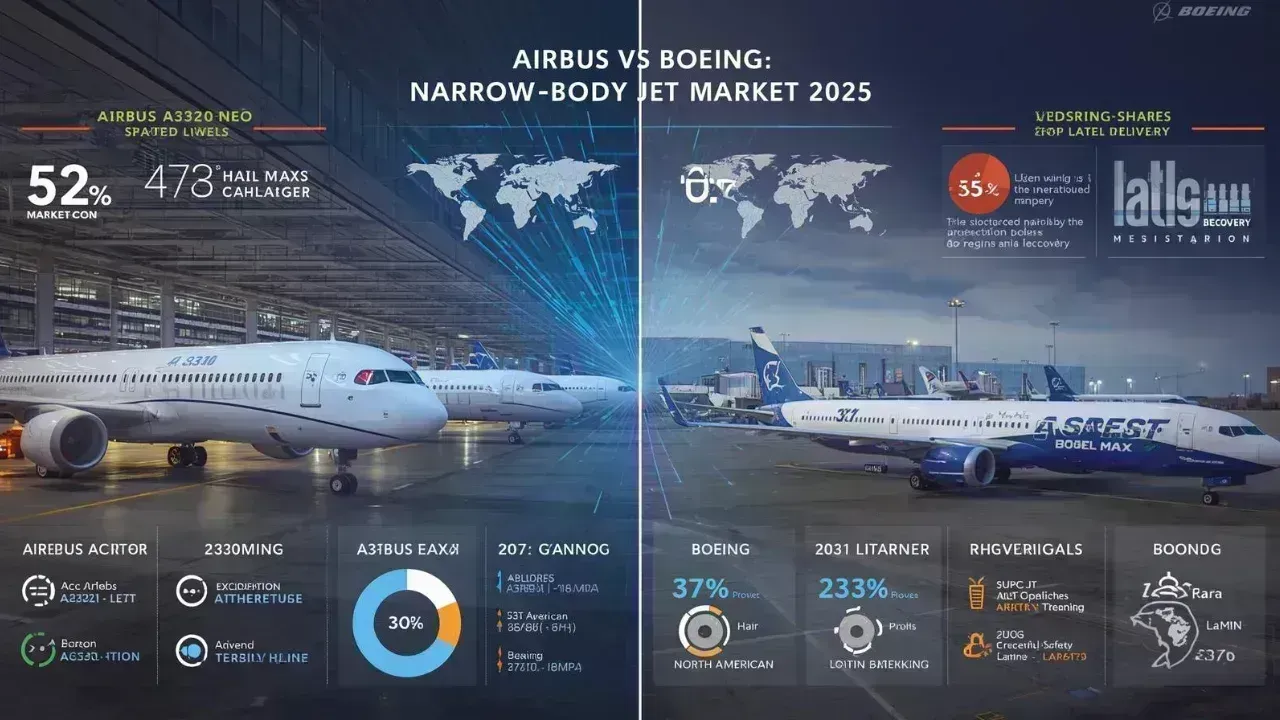
Post by : Meena Rani
In the shadowy depths of global oceans, submarines remain the ultimate stealth warriors, their acoustic signatures as elusive as ghosts. But as 2025 unfolds, the arms race in undersea warfare intensifies: AI-driven detection systems, drone swarms, and sensor networks threaten to pierce the veil of submarine invisibility. Yet, innovations in materials, propulsion, and autonomous countermeasures are pushing stealth boundaries further, ensuring these vessels evolve faster than their hunters.
“Every advancement in detection is met by an advancement in stealth. The ocean's transparency is a myth—submarines will remain apex predators.”
— V Adm Mark Hammond, Australian Chief of Navy
This article dives into the core evolutions of submarine stealth: acoustic reduction via metamaterials and coatings, AI integration for dynamic evasion, modular designs in flagships like Virginia and Columbia classes, and the geopolitical ripple effects of AUKUS. Drawing from 2025 reports, we'll explore how these technologies sustain undersea dominance amid rising threats from China and Russia.
At the forefront of stealth evolution are anechoic coatings—rubber-like tiles that absorb sonar waves rather than reflect them, slashing target strength by up to 20 dB. In 2025, next-gen variants incorporate acoustic metamaterials: engineered structures with sub-wavelength features that bend sound around hulls like invisibility cloaks. Russia's Krylov Center deploys sonar-absorbent composites on Yasen-class subs, reducing reflections by 15–25% across broad frequencies.
Internal noise from pumps and props is mitigated via viscoelastic isolators and composite rafts, dropping machinery transmission to hulls by 30–40 dB.Angular hull facets on Germany's Type 212CD deflect sonar pings, while bio-inspired textures mimic ocean floors to blend signatures.Challenges persist: biofouling degrades coatings, demanding AI-monitored maintenance.
| Technology | Description | Stealth Gain | Key Users (2025) |
|---|---|---|---|
| Anechoic Tiles | Sound-absorbing hull coatings | 15–20 dB reduction | US Virginia-class, Russian Yasen |
| Acoustic Metamaterials | Wave-bending composites | 25% reflection drop | German Type 212CD, Chinese Type 096 |
| Vibration Isolators | Viscoelastic machinery mounts | 30–40 dB internal damping | UK Astute-class, French Barracuda |
| Angular Hull Design | Deflective external shaping | 10–15% sonar deflection | Swedish A26 Blekinge |
Table 1: Key acoustic stealth innovations (2025). Sources: Acta Acustica, IDSTCH. [](grok_render_citation_card_json={"cardIds":["f826fb","158107"]})
Air-independent propulsion (AIP) extends diesel-electric submersion to 3+ weeks, slashing snorkel noise. Pump-jet propulsors on Virginia-class replace noisy props with fluid ducts, reducing cavitation by 50%. Emerging magnetohydrodynamic (MHD) drives use superconducting magnets for silent thrust, tested in China's prototypes.
Columbia-class integrates electric-drive reactors, eliminating gear whine for near-silent operation at 20+ knots. Fuel efficiency gains allow 30-year patrols without refueling, enhancing strategic stealth.
Chinese AI systems claim 95% detection rates against stealth subs via multi-sensor fusion. In response, US subs deploy UUV "decoys" like Yellow Moray (REMUS 600), mimicking signatures to confuse hunters. AI algorithms dynamically adjust coatings' impedance or emit "whale-like" noise to mask transits.
Virginia Block V's Payload Module adds 28 missile tubes without signature hikes, thanks to isolated compartments. Lattice-like AI (Anduril) maps battlespaces in real-time, enabling swarm coordination with unmanned assets.
“AI doesn't just detect—it leads. Submarines must evolve to smarter, not just quieter, platforms.”
— Meng Hao, China Helicopter R&D Institute
With 40+ boats procured by 2025, Virginia's Large Aperture Bow sonar and pump-jets yield 40% quieter ops than Los Angeles-class. Block VII upgrades integrate hypersonics, with production ramping to 2.33/year for AUKUS transfers.
Lead boat USS District of Columbia nears 2030 delivery, featuring flywheel energy storage for burst-quiet modes. At 20,810 tons, its stealth rivals Virginia's but scales for 16 Trident II missiles.
Australia's acquisition of 3–5 Virginias bridges to SSN-AUKUS, incorporating UK Dreadnought tech for Indo-Pacific deterrence. $3B US industrial boost ensures no capability gaps.
China's magnetic wake detection pierces degaussing, while Type 096's composites cut signatures 20%. Russia's Borei-A uses advanced automation for 16 Bulava SLBMs with minimal noise.
Quantum sensors and seabed arrays risk "transparent oceans," but countermeasures like periodic degaussing and drone screens persist. Cost: $5–6B per boat strains budgets.
By 2030, expect quantum-secure comms via blue-green lasers and fully autonomous "ghost fleets." US aims for doubled SSN output; AUKUS prototypes SSN-AUKUS with electric props.Ethical debates on AI autonomy loom.
Submarine stealth in 2025 is a symphony of silence: metamaterials muffle echoes, AI outsmarts sensors, and modular hulls adapt mid-mission. As threats evolve—from Chinese AI to Russian composites—these innovations ensure submarines remain the unseen arbiters of sea power. The deep blue stays mysterious, but one truth endures: in undersea warfare, silence is supremacy.
#SubmarineStealth #NavalTech #AUKUS #VirginiaClass #ColumbiaClass #SilentService #UnderseaWarfare #AnechoicCoatings #AIinNavy #UUV #PumpJet #Metamaterials










Bengaluru-Mumbai Superfast Train Approved After 30-Year Wait
Railways approves new superfast train connecting Bengaluru and Mumbai, ending a 30-year demand, easi

Canada Post Workers Strike Halts Nationwide Mail and Parcel Services
Canada Post halts operations as CUPW strike disrupts mail and parcel delivery nationwide amid disput

PM Modi Launches BSNL ‘Swadeshi’ 4G Network, 97,500 Towers Built
India enters global telecom league as PM Modi inaugurates BSNL’s indigenous 4G, connecting 26,700 vi

India’s Iconic MiG‑21 Takes Final Flight After Six Decades of Service
After 60 years India retires its MiG‑21 fighter jet, a legendary yet controversial warplane marking

Hindustan Zinc unveils AI hotspot monitoring at Debari smelter
Hindustan Zinc launches AI-powered Switchyard Hotspot Monitoring at Debari smelter to cut outages bo

Chinese experts worked inside sanctioned Russian drone plant
Chinese drone specialists visited IEMZ Kupol supplying parts and drones via intermediaries, deepenin